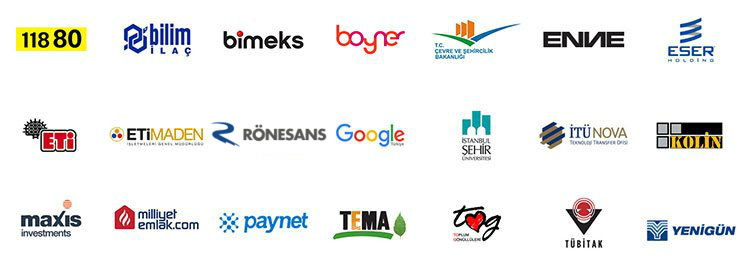
Effective procurement relies on making the right decisions at the right time.
But the quality of those decisions is directly tied to the quality of the data they are based on.
If your data is fragmented, inconsistent, or inaccurate, even the best-laid strategies can fail.
The Invisible Enemy: Unreliable Data
The core problem in many organizations is that procurement data is simply not trustworthy.
Data lives in different silos that don't talk to each other: ERP systems, countless spreadsheets, emails, and supplier portals.
This creates a dense "fog" where no one has a single, reliable source of truth.
Spend reports are constantly questioned, measuring supplier performance becomes impossible, and forecasting the future turns into a guessing game.
This data chaos is the biggest obstacle to proactive and strategic decision-making.
The Cost of Bad Data: Lost Opportunities and Reputation
Working with unreliable data is more than just a minor inconvenience; it has serious financial and operational consequences.
Strategic opportunities are lost within this fog.
When you can't trust your own numbers, you can't negotiate effectively, and significant savings opportunities are missed.
Operational inefficiency reaches its peak.
Teams waste countless hours manually cleaning data and reconciling reports instead of focusing on strategic tasks.
Compliance tracking becomes a nightmare.
Monitoring spend against contracts or auditing supplier compliance is impossible without accurate data.
The department's reputation is undermined.
When procurement presents data that finance or other departments can easily poke holes in, its strategic influence and credibility diminish.
Dispelling the Fog: A Step-by-Step Guide to Data Transparency and Accuracy
Fortunately, there are practical steps you can take to dispel this data fog and achieve clarity.
While this isn't an overnight project, consistent effort can turn your procurement data into one of your most valuable assets.
Here are the steps you should follow to build a reliable data foundation.
Why is data accuracy so important in procurement?
Data accuracy is the foundation of procurement because every strategic decision relies on it.
Without accurate data, spend analysis is misleading, supplier performance evaluations are unfair, and budgets are unrealistic.
Accuracy allows you to negotiate better, manage risks correctly, and demonstrate your department's value with tangible proof.
In short, strategic procurement is not possible without data accuracy.
Step 1: Centralize Your Data Sources
The first step toward data transparency is to break down all data silos.
Aim to consolidate all procurement data from different departments and systems into a single, central location.
This is typically achieved through a data warehouse or a modern eProcurement platform.
The goal is to ensure that everyone is looking at the same "single source of truth."
How can data transparency be improved?
Data transparency means that all relevant stakeholders can easily access accurate and consistent data.
To improve this, first, eliminate silos by consolidating data onto a central platform.
Second, create standardized reports and dashboards that everyone can understand.
Finally, manage data access with role-based permissions, ensuring everyone can securely access the data relevant to their responsibilities.
Step 2: Implement Data Standardization
Once your data is in one place, you need to standardize it.
This means ensuring that the same entities (suppliers, products, categories) are always named and classified in the same way.
For example, consolidate different supplier names like "ABC Inc." and "ABC Corporation" under one standard name.
Create standardized categories and item codes.
This step ensures that data is comparable and can be analyzed effectively.
Step 3: Establish Data Cleansing Processes
Data is never perfect, which is why establishing regular cleansing processes is vital.
Schedule periodic checks to identify and correct duplicate records, typos, missing information, and inconsistencies.
Data cleansing should be a continuous habit, not a one-time task.
Automated tools can speed up this process, but regular human oversight is also often necessary.
Step 4: Leverage Technology
Managing data manually is extremely difficult and prone to error.
Modern procurement and eProcurement platforms are designed to automate a large part of this process.
These platforms automate data collection, standardization, and validation, saving your teams time.
They also offer powerful analytics and reporting tools to visualize data and gain insights.
Conclusion: The Power of Clarity, Data-Driven Decision-Making
Clean, accurate, and transparent data is the bedrock of a modern, strategic procurement function.
By making data management a priority, you can transform your department from a reactive operation into a powerhouse that proactively contributes to the company's success.
The more reliable your decisions are, the greater your impact will be.
This clarity gives you the power to negotiate smarter, manage risks better, and prove the true value of procurement.







